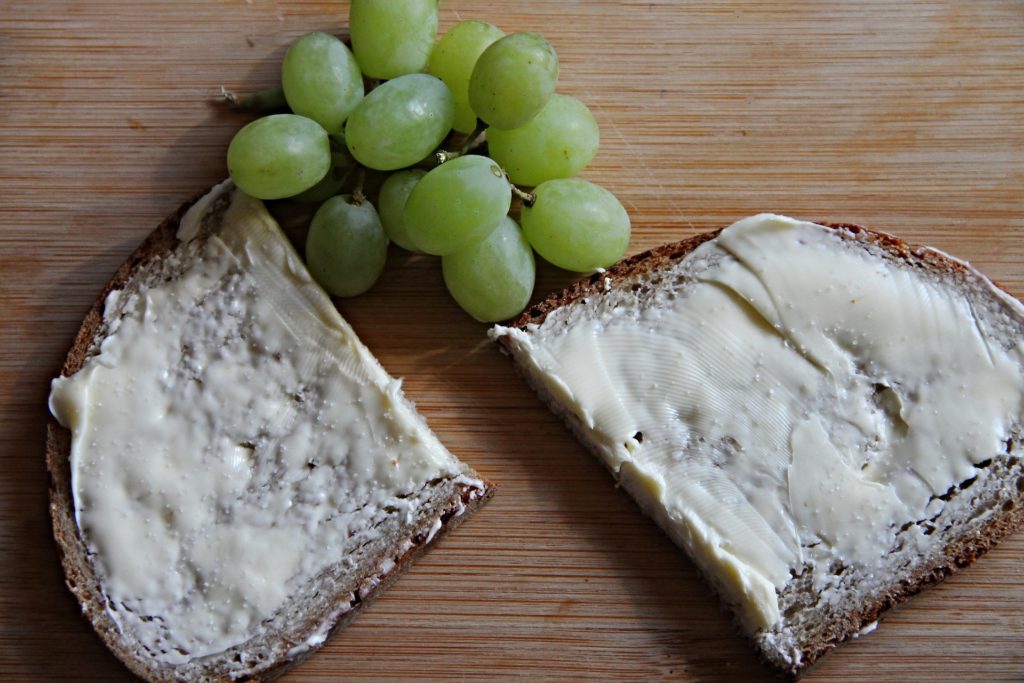A good laugh and a long sleep are the best cures in the doctor’s book. ~ Irish Proverb
Intermittent Fasting Over 60

There is an old saying for which Ben Franklin appears to get the credit, “Life’s tragedy is that we get old too soon and wise too late.” This expression grows more profound as we settle into retirement and relish its leisure. We quickly become aware that the choices we make with our diet, our body, our relationships, our time, and our money are more important than ever if we hope to prolong the joy of this new stage of life.
In the five months since my husband joined me in retirement, we’ve formed three new habits:
- We “attempt” a fitness routine at the gym at least three times a week
- We watch an episode of a Britbox or Acorn detective series each evening
- On most days, we’ve replaced our big evening meal with a late afternoon snack followed by a 12-to-14 hour fast.
Forfeiting our hearty evening supper has been a hard habit to break for two people who love to eat, but now that we are no longer committed to an eight-to-ten hour workday, we need to listen to the studies that conclude morning rather than evening is the healthiest time to eat the day’s biggest meal.
Mounting Evidence Supports Common Sense
As a kid over fifty years ago, I remember overhearing the conversation at the grown-up table when my grandfather relayed his doctor’s advice: the best diet is one in which “we eat breakfast like a king, lunch like a prince, and supper like a pauper.” And since then, many reports have surfaced suggesting this mantra is the key to a healthier lifestyle, including a large scale study reported in 2017 by the Journal of Nutrition.
The study, which acknowledges the role intermittent fasting plays in weight maintenance, gathered data from 50,660 adult members of Seventh Day Adventist congregations across the United States and Canada. It examined variables including when the largest meal of the day was eaten, how many hours apart, the length of the overnight fast, and how frequently meals were consumed. In turn, the study examined the impact these variables had on a participant’s (Body Mass Index) BMI. The conclusion of the study, headed by physician Hana Kahleova, makes a good case for the principle upon which intermittent fasting is based:
“Our results suggest that in relatively healthy adults, eating less frequently, no snacking, consuming breakfast, and eating the largest meal in the morning may be effective methods for preventing long-term weight gain. Eating breakfast and lunch 5-6 h apart and making the overnight fast last 18-19 hours may be a useful practical strategy” (Kahleova et al).

In addition, another article published in Experimental Gerontology suggests intermittent fasting is a practice which can actually slow down the aging process in regard to our cognitive and physical decline. Scholars Stephen Anton and Christiaan Leeuwenburgh report, “To date, prolonged caloric restriction (i.e., a reduction in caloric intake without malnutrition) is the only non-genetic intervention that has consistently been found to extend both mean and maximal life span across a variety of species.”
And, more recently, Anton and Leewenburgh’s findings are supported by the conclusion of Mark Mattson, Ph.D, a professor of neuroscience at John Hopkin’s University School of Medicine. Mattson has studied the practice of intermittent fasting for 25 years and practiced it himself for two decades. His review article, coauthored with Rafael de Cabo, Ph.D in the December 2019 New England Journal of Medicine, sites four recent studies that agree on multiple benefits of this diet lifestyle: it suppresses inflammation, improves blood sugar, and increases the bodies ability to resist stress. The authors also cite preliminary studies that suggest intermittent fasting can ward of obesity and diabetes and contributes to brain health.
Although the doctors recommend this mode of fasting limits eating to a window of 6 to 8 hours a day or 16 – 18 hours of fasting , our nightly fast runs from 4:00 pm to 6:00 or 7:00 am or about 14 – 15 hours. We would be too grumpy otherwise. But, in light of this new information, we should probably try to improve our game.
Changing a 40-Year-Old Eating Habit
For nearly 40 years, our biggest meal of the day came last–usually between 6 and 7 pm and sometimes later. It was the only way we could accommodate our work schedules and our kids’ school activities. This later meal was also something we looked forward to, chopping vegetables or watching a simmering pot or two as we talked about our day and watched the evening news.
However, breakfast and lunch are now our bigger meals, partly because we are learning it’s healthier to eat this way, but more accurately, it’s because we are no longer in the workforce. We have more time to prepare these meals earlier in the day.
Breakfast often consists of whole-grain bread and eggs with sausage, cottage cheese, or a veggie frittata. Sometimes it’s a big bowl of oatmeal with 2% milk and fruit and nuts for topping. Occasionally we have whole grain pancakes with light syrup and scrambled eggs.
In turn, the food we used to eat for supper has become our lunch —baked chicken or a pork chop and roasted vegetables, curry and rice, pasta and greens, a slice of pizza and a salad, stir fry, a Freddy’s hamburger, or any of Panera’s fare–all reasonable portions, of course.
American “tea time”–our final meal of the day
Now, I confess, we probably fall of the wagon a couple of times a week and completely blow our fast when we’re on vacation; however, when we’re home, we do our best to eat our last meal of the day at 4 pm, and it’s our smallest.
Our two grandsons, ages 6 and 7, often spend their after-school hours with us and their snack time is our more meager version of supper. It’s our American spin on tea time. We have crackers or whole-grain toast and cheese, pita and hummus, or apples and peanut butter. Along with this, we have vegetables or more fruit, whatever happens to be in season. Sometimes the four of us go to Wendy’s and have a bowl of chili and crackers.
On Sundays, sometimes our “supper” is a piece of pie with ice cream. As a rule, we don’t eat dessert during the week.
And for me, pot of green tea with a little honey or a cup of coffee topped with frothy cream makes these smallest meals an event to look forward to each afternoon. Unfortunately, I can’t get my husband to drink green tea. He prefers–well, anything, but green tea.
And after our dishes are neatly stacked in the dishwasher, the kitchen is closed until the following morning, with the exception of another cup or two of tea or coffee–without the sugar and the cream.

Incidentally, now when we eat a heavy meal later in the evening, we both have difficulty sleeping and my husband has to reach for the Pepcid AC.
Even better, week after week, we’ve noticed we feel better on the days when we don’t eat in the evening hours. We have more energy during the day and we’re not as hungry and prone to snack in the morning or afternoon.
Best of all, the dial on the scales has reversed several pounds for both of us—a happy perk as we’re both waging the frustrating battle against those unwanted inches around our middles.
Bringing many years of hectic and exhausting work weeks to an abrupt halt at retirement was a difficult adjustment for both of us to make. Forming our three new habits together, and especially implementing a new rule for eating, has helped us establish a new sense of normal that we hope will take us far into a healthier future.
Sources
Anton, Stephen and Christiaan Leeuswenburgh. “Fasting or Caloric Intake for Healthy Aging.” Experimental Gerontology 48.10 (October 2013).
de Cabo, Rafael, Ph.D and Mark P. Mattson. “Effects of Intermittent Fasting on Health, Aging and Disease.” Review Article. New England Journal of Medicine, 26 December 2019.
Kahleova et al. “Meal Frequency and Timing are Associated with Changes in Body Mass Index in Adventist Health Study Two.” The Journal of Nutrition 147 (September 2017).
